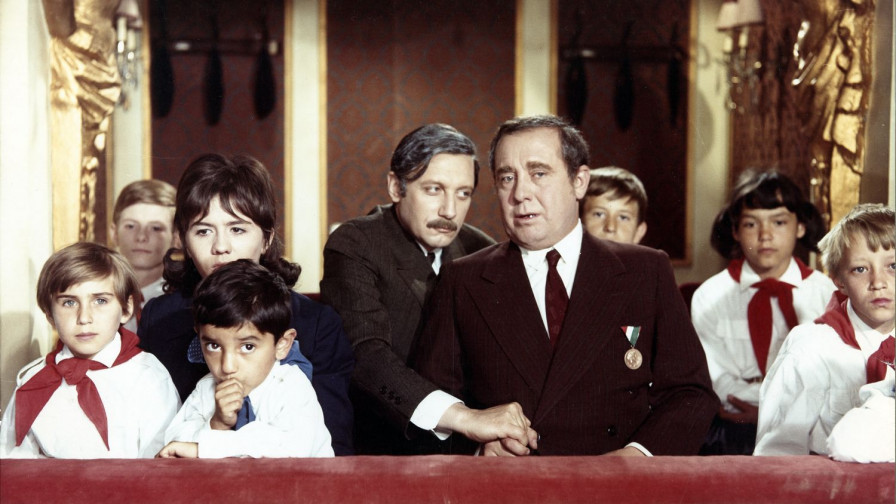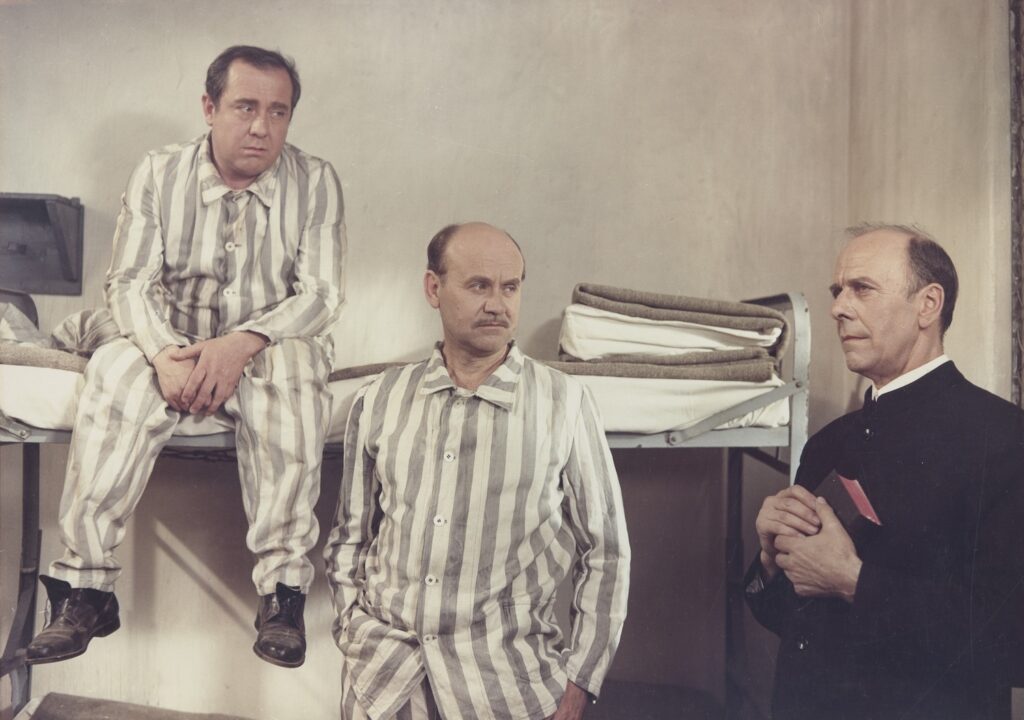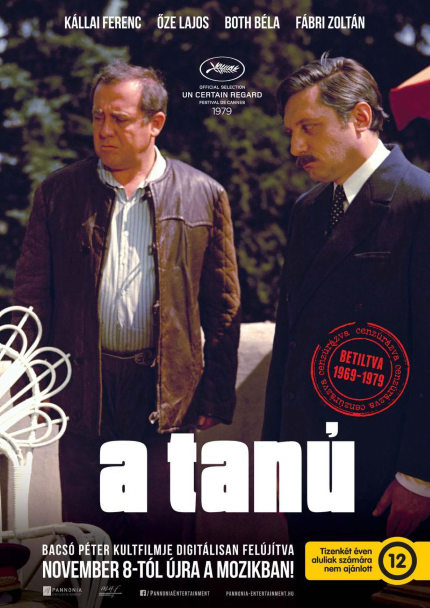Péter Bacsó: The Witness – A parody of the system – Budapest, House of Terror
Fact of the Hungarian figure „Stephen, the King rock opera – National emotions in communism„
Part of the „Culture against communism„ topic
Péter Bacsó’s The Witness (A tanú), a 1969 Hungarian satirical film, remains one of the most iconic critiques of the Communist regime in Central Europe. Known as a “banned classic,” the film was shelved for over a decade due to its bold parody of the absurdities and hypocrisies of the socialist system. Finally released in 1981, it became a cult phenomenon, offering both Hungarian and international audiences a window into the surreal and oppressive atmosphere of Communist rule.
Set in the 1950s, during the height of Hungary’s Stalinist era, The Witness follows the hapless József Pelikán, a simple dike-keeper who becomes entangled in a Kafkaesque web of political machinations. Through Pelikán’s naïve perspective, the film skewers the propaganda, show trials, and bureaucratic ineptitude that defined the regime. Memorable scenes, such as the infamous „orange-growing experiment,” epitomize the absurdity of Communist efforts to fabricate successes that align with ideological demands rather than reality.
What makes The Witness particularly resonant is its use of humor as a form of resistance. At a time when open dissent was dangerous, Bacsó’s film cleverly used parody to expose the cruelty and absurdity of the system without directly confronting it. The dark humor and exaggerated scenarios reflect the everyday experiences of citizens living under an oppressive regime, making the film both relatable and cathartic for its audience.
The film’s relevance extends beyond Hungary. Its themes of systemic corruption, forced conformity, and the absurdity of ideological dogma resonate with other Central European nations that endured similar totalitarian regimes. In this way, The Witness serves as a cultural bridge, uniting audiences across the region in shared experiences of oppression and the defiant use of humor as a survival mechanism.
Today, The Witness holds a place of honor in Hungary’s cultural canon and is commemorated in exhibits at the House of Terror Museum in Budapest. This site, dedicated to the victims of both Nazi and Communist terror, highlights how films like The Witness contributed to preserving the memory of resistance through art. By capturing the surreal absurdities of the era, the film remains a testament to the power of satire in the face of oppression and a key cultural artifact in the fight against ideological tyranny.







